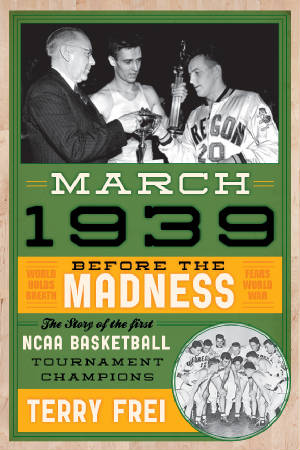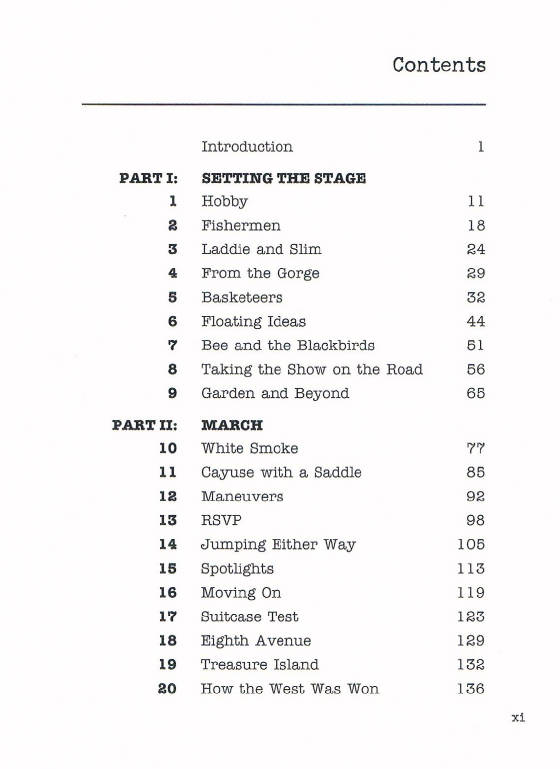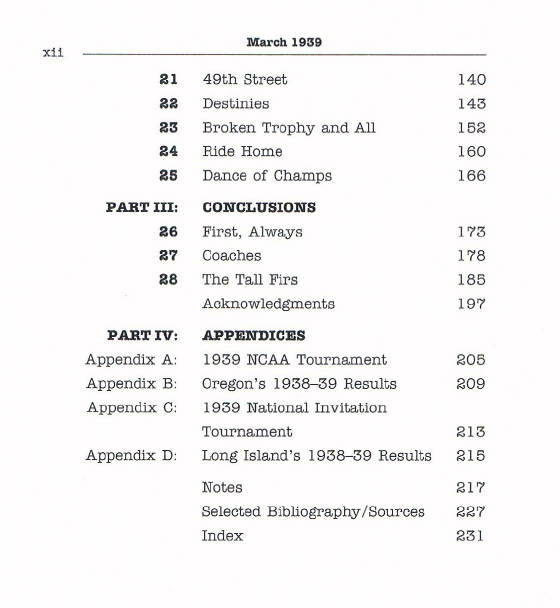HOMEBioFilm rights, Screenplays, RepresentationOlympic Affair: Hitler's Siren and America's HeroHORNS , HOGS, AND NIXON COMINGThird Down and a War to Go'77: DENVER, THE BRONCOS, AND A COMING OF AGETHE WITCH'S SEASONPLAYING PIANO IN A BROTHELMarch 1939: Before the MadnessPress CredentialsThe OregonianThe Sporting NewsESPN.comDenver PostGreeley TribuneEarthquake at the World SeriesHoneymooners Meet the Boys of SummerTommy Lasorda, the Spokane Indians, and My Summer of '70Breaking my own rule. With the first person to walk on the moonLeila Morrison: She came ashore at Normandy, too ... and kept gpingEdna Middlemas: She was in the Room where it happened at Yalta ... and earned the Bronze StarElmer Gedeon, Michigan and Washington SenatorsA Year with Nick Saban before he was NICK SABANHorns, Hogs, and Nixon Coming Excerpt: James Street: Wishbone WizardHorns, Hogs, and Nixon Coming, Excerpt: July 1969 ... and beyondHorns, Hogs, and Nixon Coming excerpt: Right 53 Veer PassHorns, Hogs, and Nixon Coming: The Greg Ploetz SagaHorns, Hogs, and Nixon Coming: 20th Anniversary of ReleaseThird Down and a War to Go genesis: Grateful for the Guard, Jerry FreiThird Down and a War to Go: PrologueThird Down and a War to Go: Mosquito BowlThird Down and a War to Go: Saluting Madison GillaspeyThird Down and a War to Go Excerpt: Ohio State vs. WisconsinThird Down and War to Go: The death of Dave SchreinerThird Down and a War to Go Excerpt: Minnesota gameThird Down and a War to Go: Bob BaumannThird Down and a War to Go: Badgers Mark Hoskins and Don Pfotenhauer. The POW Experience'77: Randy Gradishar'77: AFC Title Game'77: RIP, Joe Collier'77: RIP, Otis Armstrong'77:Red Miller'77: Louis Wright'77: Broncos at Raiders'77 excerpt: John Ralston'77 excerpt: Barney ChavousThe Witch's Season: Air Force Game, Bitter Protest, a Single ShotThe Witch's Season's circuitous journeyThe Witch's Season: UCLA Game, weed, smoke, turmoilThe Witch's Season: Saluting Tom GrahamPlaying Piano Excerpt: Rocky HockeyPlaying Piano Excerpt: Leonard vs. Hearns vs. HaglerOlympic Affair Genesis: Glenn Morris OakOlympic Affair: Chapter 1, Leni's VisitOlympic Affair: Chapter 15, Aren't You Thomas Wolfe?Olympic Affair: From internationally celebrated Olympic hero to Lions castoff ... in 4 yearsMarch 1939: IntroductionMarch 1939, Excerpt: The StartersMarch 1939 Excerpt: First NCAA Title GameSave By RoyOmnibus profile: Lt. Col. John Mosley, Aggie and Tuskegee AirmanLt. Col. John Mosley BoulevardCSU retires Lt. Col. John Mosley's No. 14They Call Me "Mr. De": The Story of Columbine's Heart, Resilience and RecoveryA Selection of Terry Frei's writing about World War II heroesSmoke 'em inside: On Ball Four and Jim BoutonAll about The Code: Steve Moore and Todd BertuzziPhil Guardado and High Plains Honor FlightJon Hassler, Terry Kay and other favorite novelistsKids' sports books: The ClassicsBig Bill Ficke's Big HeartBob Bell's Food For ThoughtIrv Brown is on AssignmentIrv Moss, Colorado ClassicAnother Richard MonfortShadowing Derrick WebbLewis "Dude" Dent, Colorado A&M (State)Perry Blach, Colorado A&M (State)Bednar paid his dues ... and then someHeroic Buff Bob Spicer: "That's how I lost my eye"Salute to Pierre Lacroix, who built Colorado's first championsHockey in Stalag Luft IIIJoe Sakic interviewFrench Legion of Honor MedalPierre Lacroix Celebration of LIfeRIP, Bob Newland: A great Duck and loyal friendWhen the Broncos spent their summers in GreeleyUvalde ignored the lessons of ColumbineCatching up with Frank DeAngelis about gunsEx-Columbine principal Frank DeAngelis: "It's got to stop."Chris Drury, Little LeaguerEx-Av Andrei Nikolshin's Ukraine roots: His father survived invasion, gulags, coal mines, moreRIP, Ron Earley (1950-2022)Bryce Harper, phenomOn "My Fair Lady"On "To Kill A Mockingbird": Book, movie, playLes Miz still is thrilling the 10th (or so) time aroundMSU Denver: Introduction
|
| |
Amazon: Hardback, paperback, Kindle
For screen rights inquiries,
click here
In 1939, the
Oregon Webfoots, coached by the visionary Howard Hobson, stormed through the first NCAA basketball tournament, which
was viewed as a risky coast-to-coast undertaking and perhaps only a one-year experiment. Seventy-five years later, following
the tournament's evolution into a national obsession, the first champions are still celebrated as "The Tall
Firs." They had astounding height along the front line, but with a pair of racehorse guards who had grown up across
the street from each other in a historic Oregon fishing town, they also played a revolutionary fast-paced game. Terry Frei's track record as a narrative historian in
such books as the acclaimed Horns, Hogs, and Nixon Coming, plus a personal connection as an Oregon native whose father, Jerry, coached football at the University of
Oregon for seventeen seasons, make him uniquely qualified to tell this story of the first tournament and the first champions, in
the context of their times. Jerry Frei was the former World War II fighter pilot who, as the Ducks' head coach, requested
his teams be called the Fighting Ducks -- a nickname that now often appears on the basketball team's uniforms. Plus, Terry Frei long has been a fan of another central
figure in this drama -- Clair Bee, the Long Island University coach who later in life wrote the Chip Hilton Sports Series books, mesmerizing young readers
who didn't know the backstory told here. In 1939, the Bee-coached LIU Blackbirds won the NCAA tournament's rival, the national
invitation tournament in New York -- then in only its second year. Frei assesses both tournaments and, given the myths
advanced for many years, his conclusions in many cases are surprising. Both events unfolded in a turbulent month when it was becoming increasingly
apparent that Hitler's belligerence would draw Europe and perhaps the world into another war . . . soon. Amid heated
debates over the extent to which America should become involved in Europe's affairs this time, the men playing in
both tournaments wondered if they might be called on to serve and fight. Of course, as some of the Webfoots would demonstrate,
the answer was yes. It was a March Before the Madness. There's much more to this book than
the Oregon Webfoots, but for those intrigued
by the Oregon angle, please consider Terry Frei's novel based on being raised in Eugene as the son of the University of Oregon's head football coach in tumultuous campus and national times. The Witch's Season
"Carefully crafted, fast-moving and refreshing ... Frei's study is quite memorable."
"Terry Frei has told an amazing, riveting story of how
a group of basketball coaches started a loosely organized tournament that Oregon won that first year. Of course, it eventually
would grow into an even that captures the nation's attention each March. As a young NCAA administrator, I was the tournament
director in the 1960s -- and I have to say this taught me a lot I didn't know." -- Chuck
Neinas, president, Neinas Sports Services; former executive director, College Football Association; and former commissioner
of Big Eight and Big 12 Conferences "From humble beginnings, Oregon's ‘Tall Firs’
became the best basketball team in the country, helping to break the New York monopoly on an increasingly national game, and
the NCAA tournament became an unstoppable financial juggernaut. Once again, Terry Frei has vividly captured a pivotal moment
in history, for the world of college basketball and for a world about to go to war. The exploits on the court are enthralling
not only for their drama, but held up for comparison against what the tournament has become today—as well as the danger
lurking only a few years away." -- Luke DeCock, sports columnist,
Raleigh News & Observer
"Few writers are able to put sports into real-world context like
Terry Frei. Reading March 1939 is like crossing ESPN with the History Channel. Frei brings the '39 Oregon Webfoots
to life and takes us inside their victory in the first NCAA basketball tournament -- played as Germany and Japan marched the
world (including a hesitant United States) to the brink of war." -- Steve Luhm, Salt Lake Tribune
"What is unique about Frei's account is that he places the reader solidly in the world of 1939.
This is basketball history, for sure, but also world history." "Frei bookends March 1939 with the history,
before and after 1939, of the young men and coaches who made up the Oregon squad. Frei depicts these 'Tall Firs' as charming
small town Americans (David to the national power Goliaths) through skillful word play and research. There's a sense
of pride at the end of the book for these gentlemen who went on to make their world a better place." -- George Krieger, Washington Independent Review of Books (Full review) "Frei is untouchable in his niche of researching and writing glimpses
of sports history that would otherwise have been forgotten. His Horns, Hogs, and Nixon Coming and Olympic Affair:
A Novel of Hitler's Siren and America's Hero are on my list of favorite sports books and Before the Madness
is right alongside them." -- Dwight Jaynes, Comcast
Sports Northwest "Well written and thoroughly researched . . . [T]hose
interested in basketball’s early years and the origins of the NCAA Tournament will find much to interest them and a
lot of new information." -- Library Journal Excerpts
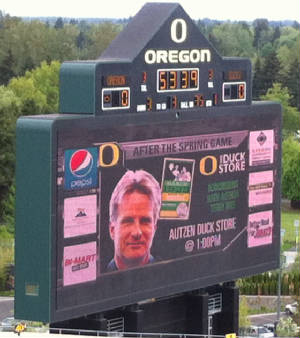
2015 Oregon Spring Game
|
|
| |
|
|
| |
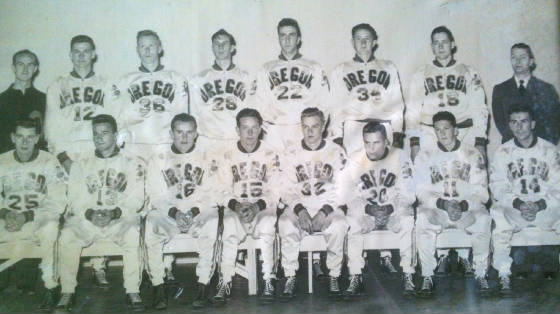
Webfoots' pre-season team photo. Back row: Manager Jay Langston,
Wimpy Quinn, Earl Sandness, Laddie Gale, Slim Wintermute, Archie Marshik, John Dick, Coach Howard Hobson. Front row:
Ted Sarpola, Ford Mullen, Toivo Piippo, Red McNeeley, Wally Johansen, Bobby Anet, Matt Pavalunas, George Andrews. Not pictured:
Bob Hardy, Don Mabee.
|
|
| |
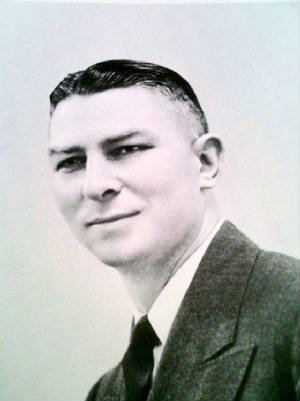
|
| Visionary coach Howard Hobson |
|
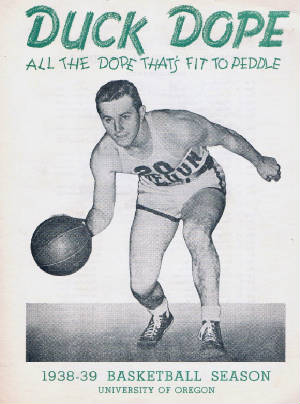
|
| Guard and captain Bobby Anet on cover makeshift media guide, using the alternative team nickname |
|
|
|
| |
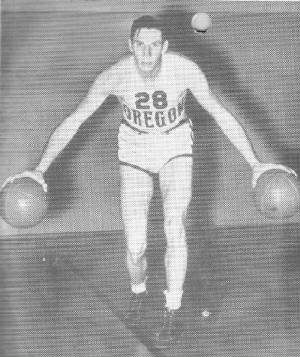
|
| Hall of Fame forward Laddie Gale |
|
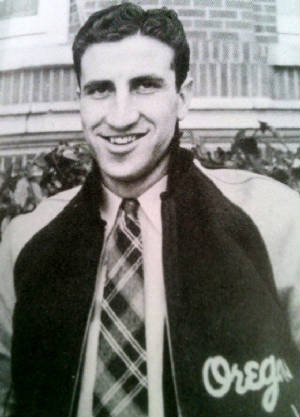
|
| Center Slim Wintermute |
|
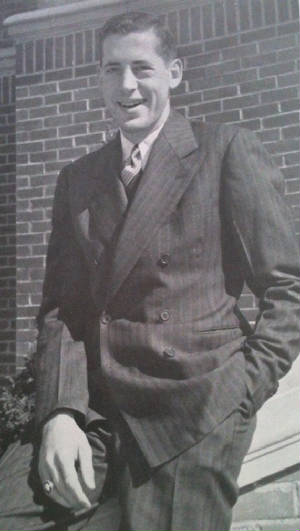
|
| Forward John Dick as the student body president in 1939-40 |
|
|
| |
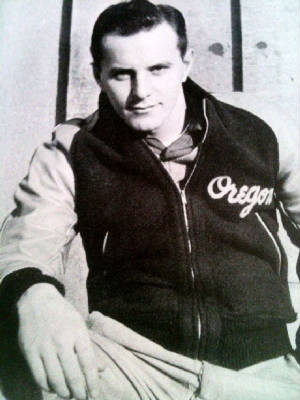
|
| Bobby Anet, the Webfoots' pacesetter and leader |
|

|
| Guard and law student Wally Johansen. He and Anet had been inseparable since childhood in Astoria. |
|
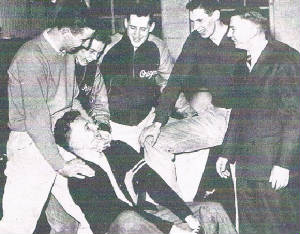
|
| Starters and Hobson on cover of Old Oregon, March 1939 |
|
|
| |
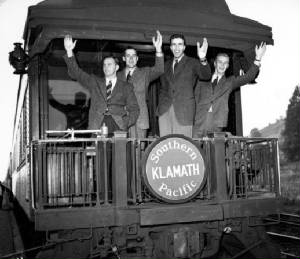
|
| Leaving Eugene for regionals in San Francisco |
|
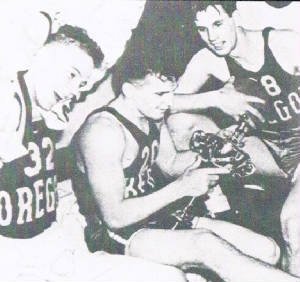
|
| Wally Johansen, Bobby Anet, Laddie Gale in championship game locker room |
|
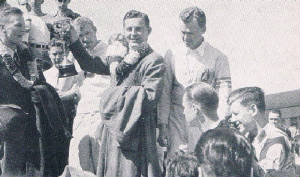
|
| Bobby Anet with the (broken) trophy at Eugene celebration |
|
|
| |
|
|
|
|
|
